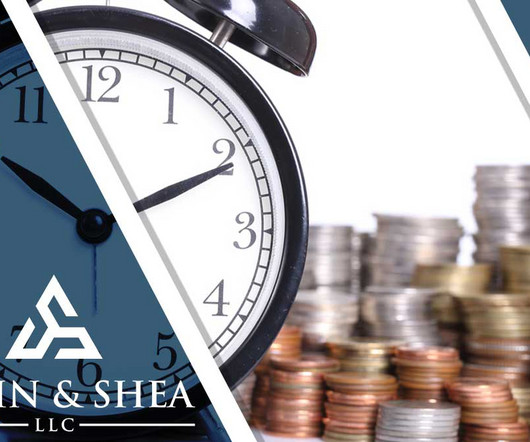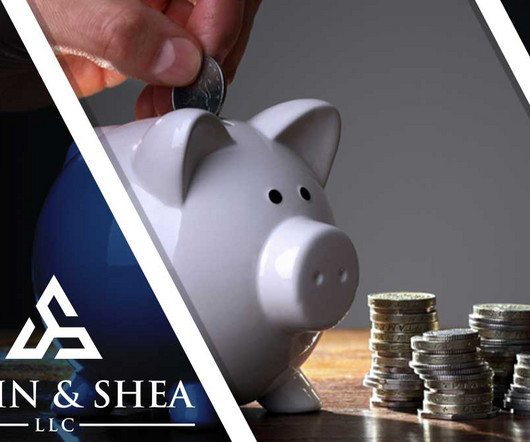Automatic Stay Timeline
Sawin & Shea
DECEMBER 21, 2023
This stay halts most collection activities and legal actions against the filer. At the moment of filing, creditors receive legal notice to halt collection activities. The duration of the automatic stay depends on the type of bankruptcy and whether collection is against the debtor or the debtor’s property.













Let's personalize your content